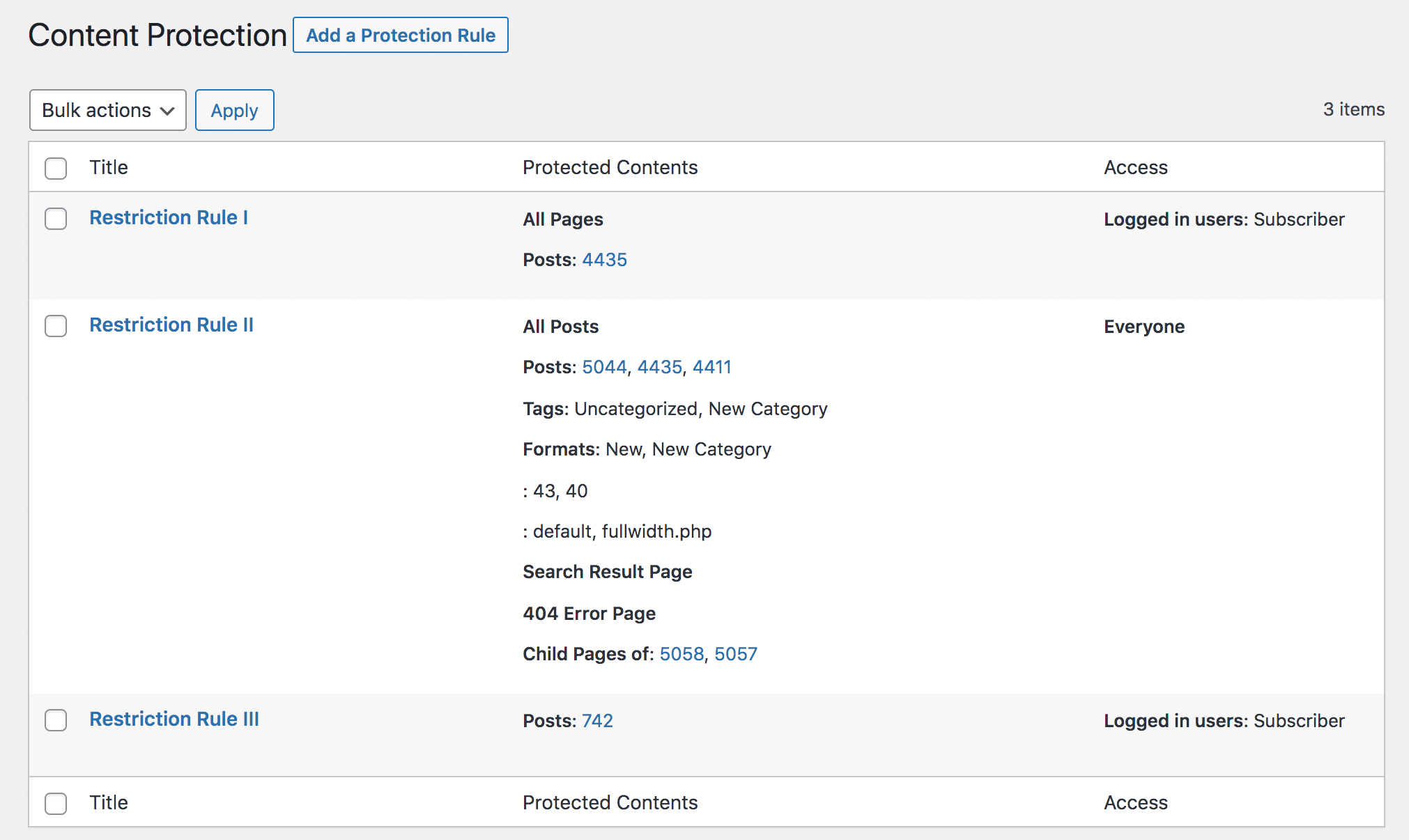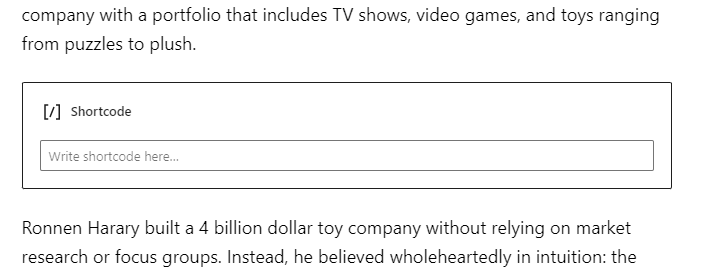Content Restriction in WordPress to Registered Users & Visitors
Do you want to implement content restriction on your WordPress site based on users’ login status?
Content restriction is powerful in delivering targeted information to the right audience and enhancing user engagement.
In this tutorial, I will show you how to restrict content in WordPress to logged-in users or to users who are not logged in using the powerful ProfilePress plugin.
Whether you aim to provide exclusive content to registered members or entice visitors to sign up with teaser content, we’ll guide you through the process.
Why Content Restriction in WordPress?
Restricting content on your WordPress website serves various purposes aimed at enhancing user experience and achieving specific goals. Here are some reasons why content restriction is important.
Exclusive Access: Content restriction allows you to offer exclusive access to premium or members-only content. Limiting access to certain pages or resources in WordPress creates a sense of exclusivity that encourages users to become members or subscribers.
Monetization: Restricting WordPress content can be a strategic approach to monetizing your website. By offering premium content behind a paywall or subscription model, you can generate revenue and sustain your online business.
Membership Growth: Content restriction can incentivize users to sign up or upgrade their membership. By providing a glimpse of the valuable content available to registered members, you can attract new users and encourage existing members to upgrade their membership.
Controlled Distribution: If you’re creating sensitive or proprietary content, restricting access ensures it’s only available to authorized users. This helps maintain confidentiality and protects intellectual property.
Restricting WordPress Content Using Shortcode
To restrict WordPress content to logged-in and registered users, use the shortcode [pp-logged-users] like so:
[pp-logged-users]
Content to restrict to registered and logged in users
[/pp-logged-users]To restrict content to users not logged in to WordPress, use the shortcode [pp-non-logged-users] like so.
[pp-non-logged-users]
Content to restrict to non-logged in users
[/pp-non-logged-users]
Note: You can use these shortcodes in WordPress posts, pages, custom post types, and widgets.
How about if you wish to redirect unregistered or non-logged-in users to the login page of your WordPress website when they try to access any or specific posts, pages, custom post types, and archive pages?
To do this, you need to create a content protection rule.

Go to Content Protection >> Add a Protection Rule.
Select the posts, pages, or whatever you want to restrict. Then, define who can see the content and what happens to unauthorized users. You can redirect them to your login page or custom URL, or display a message to them.
You can also protect WordPress content so it’s available only to users based on their roles.

And if you want to protect or restrict a portion of post or page content to specific users based on their user roles, usernames, or user IDs, use our content protection shortcode.
[pp-restrict-content roles="author" users="[email protected], 20"]content here[/pp-restrict-content]Protecting partial content in the block editor
In WordPress’s block editor, the process for protecting your content is similar to that in the classic editor. The only difference is that in the block editor, you need to wrap your content between two shortcode blocks.
You can do this in these simple steps.
Step One: Insert the shortcode block at the beginning of the content you intend to lock.

Step Two: Input the opening part of the content protection shortcode in the field

Step Three: Insert another shortcode at the end of the content you intend to lock.

After publishing your post, all unauthorized visitors will not see your protected content.
See also: How to Protect & Restrict Content in the WordPress Block Editor
Consider Implementing Content Restriction on Your WordPress Website
Throughout this tutorial, we’ve delved into using our Restrict Content WordPress plugin to protect your content for both logged-in and non-logged-in users. Now, it’s time to put your newfound skills into action. Start experimenting with content restrictions on your WordPress site today.
If you have any pre-sale questions, inquiries, or contributions, please get in touch.